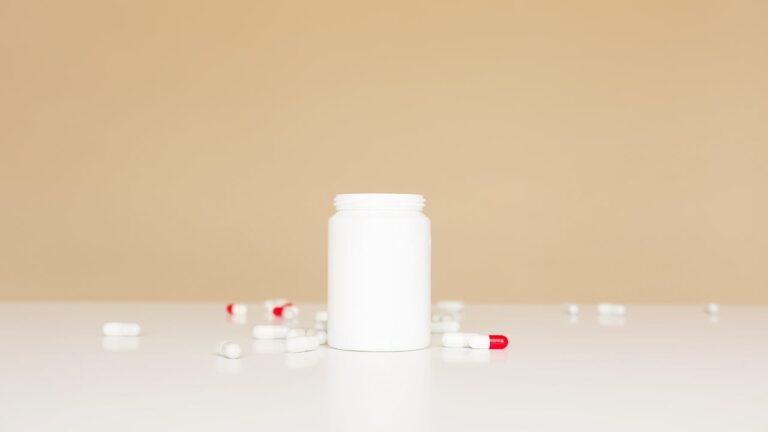
Safe Storage of Medications: Preventing Accidental Ingestion by Children
Ensuring the safety of our little ones is the paramount concern of parents and caregivers worldwide. When it comes to medications – those essential remedies that can sometimes look like candy to young eyes – the stakes are particularly high. Accidental ingestion is a serious issue, with far-reaching implications, and yet, it’s preventable. In this comprehensive guide, we shed light on a crucial aspect of child safety – the safe storage of medications.
The Reality: Stats and Common Scenarios
Merely asserting the importance of this topic doesn’t quite convey the urgency. The reality is stark. Each year, tens of thousands of children under the age of six are taken to the emergency room due to medication poisoning incidents at home. The most common occurrences are when children gain access to medications in purses, on counters or nightstands, or in easy-to-reach cabinets. It’s an issue that demands our undivided attention and resolute action.
Factors Contributing to Accidental Ingestion
Understanding how and why these incidents happen can lead to better preventative measures. Environmental factors, such as the ubiquitous presence of medications in homes, and behavioral factors, like the tendency for multitasking, contribute to the risk of accidental ingestion. Children are relentless explorers, and when nomophobia prompts parents to carry their medications everywhere, the risk only increases.
Best Practices for Safe Medication Storage
Prevention begins with us, and the best place to start is with safe storage practices. This doesn’t mean hiding medications; it means making smart choices and being proactive. Always use child-resistant packaging as intended, secure the primary and any backup medications in different spots, and ensure they are well above a child’s reach, perhaps even under lock and key.
The Role of Healthcare Professionals and the Community in Prevention
Parents are the first line of defense, but they’re not alone in this. Healthcare professionals play a crucial role in ensuring safe medication practices. From pediatricians to pharmacists, their guidance is invaluable. Communities can provide support through awareness campaigns and the dissemination of informative materials, fostering an environment that prioritizes child safety.
Case Studies and Success Stories
By featuring real-life stories of families who have successfully instituted secure medication storage, we offer hope and proof that these guidelines are both practical and effective. These stories are not just attestations of the importance of safety but beacons of encouragement for those striving to make their homes as secure as possible.
Tools and Resources for Safe Medication Storage
Making a change requires knowledge and sometimes, tangible help. In this section, we arm our readers with the tools they need – from online checklists to phone applications that assist with tracking doses and scheduling medication-taking times. The goal is to empower parents and caregivers with the support they deserve.
Conclusion
Vigilance and education are unyielding allies in the battle against accidental ingestion. This is a war we must win, for the well-being of our children. By transparently acknowledging the risks, taking a methodical approach to storage, and enlisting the help of all available resources, we build a sturdy fortress of safety. Accidental ingestion is an avoidable catastrophe. It’s time we all take responsibility and make the prevention of this silent threat a top priority in every household.
In raising awareness around safe medication storage, we contribute not only to the physical health of children but also to their sense of security and trust in the world around them. It’s a commitment to mindful caregiving that reverberates through time, ensuring that every child grows in an environment that nurtures their curiosity while safeguarding their exploration.